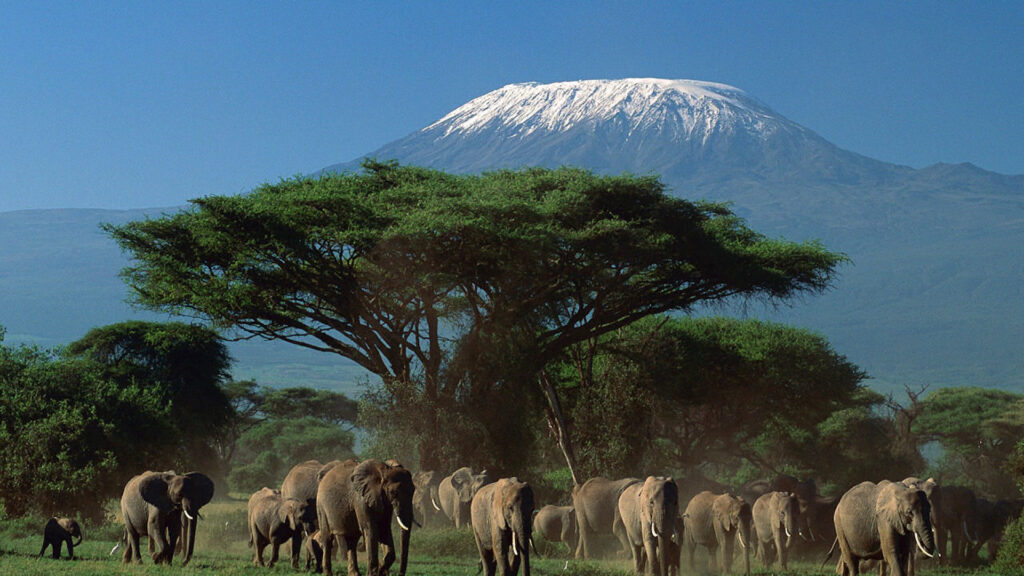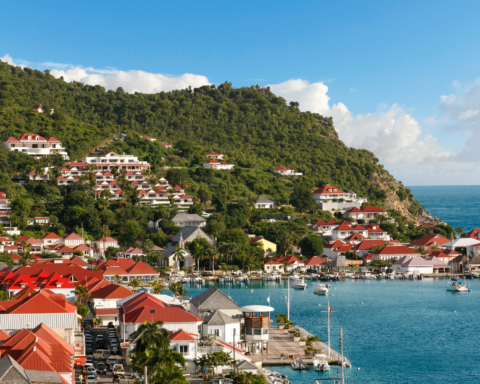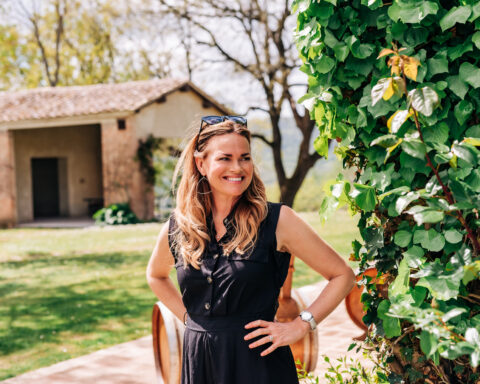The mountain. The man. It is that long time relationship with nature that drives us to do things we have never done before. Like climbing Mount Kilimanjaro in Tanzania, which is what former Texas Secretary of State Geoff Connor did. Because he could. And, to realize goals not met. Until now.

I have found that most people do not usually receive questions regarding their choices of standard vacation destinations and outdoor activities. You don’t hear someone say “why would you go to London?” or “what made you want to scuba dive in Cozumel?” We intrinsically know why people go to many beautiful or luxurious destinations or enjoy exciting opportunities and adventures. My decision to climb Mt. Kilimanjaro in Tanzania recently has indeed produced those types of bewildered questions.
It is not that people aren’t quite familiar with the famous African landmark or admiring of the challenge of foreign travel and hiking. But, the journey to the base of Mt. Kilimanjaro is no easy sojourn itself, and then the climb of the highest point in Africa to its permanent cap of ice and snow is downright arduous. Such undertaking is certainly in contrast with the usual sub-Saharan destinations of Cape Town and Nairobi or the more leisurely activities of game parks, vineyards and golf.
The climb up Mt. Kilimanjaro had been on my bucket list for at least twenty years. I had read Hemingway’s account of the famous snowy peak, clipped magazine and newspaper articles, and thought about what such an adventure would be like. I even warmed up by climbing Machu Picchu in Peru and Mt. Fuji in Japan to see how cold and altitude might affect me. Approaching 50th birthday, and anxious to reassure myself of youth, I committed to make the climb before year’s end.
Most foreign trips require some planning and preparation, but a long journey with great physical demands made me get organized quickly. I went from a casual approach at the gym to a strict discipline, meeting three times weekly with a trainer who focused on my leg muscles and cardiovascular endurance, along with three more sessions a week on my own. That was just for starters. Of course all this activity meant I needed a new diet with more protein, less sugar and little alcohol. One goal spurred several others until I was humming along with more diet, exercise and sleep discipline than I have had in many years.
I went through my travel clippings file and searched the Internet to find the perfect outfitter: one with good experience and reputation and a solid, well-planned itinerary. I settled on the venerable African Walking Company, whose recommendations included a six day climb up the Rongai Route, which also included one day of acclimatization, i.e., we stayed in the same camp and let our bodies adjust better to the higher altitude before pushing ahead. Good thinking. Even better, I found a friend who had also contemplated climbing Mt. Kilimanjaro, and so we set off together in the summer for the adventure of our lives.
Climb It Because It Is There
Mt. Kilimanjaro can be approached different ways, but we flew to Dar es Salaam, Tanzania and rested up a couple of days before taking a short commuter flight south near the base of the mountain. The area is higher and cooler and famous for the Masai tribe in their bright, colorful robes. Two other Americans joined us on the climb along with a guide, assistant guide, cook, and porters who brought tents, sleeping bags, food, water, medicine and other essentials. We climbed six to eight hours each day and were thoroughly exhausted to lie down each evening.
The thin air made breathing more difficult and the porters continually reminded us to move slowly and let our bodies adjust gradually. It was valuable advice, since many climbers develop altitude sickness and turn back with nausea, blinding headaches, or worse. As we climbed higher, the topography changed from thick tropical jungle, to brushy thickets, to thin alpine plantings until finally it was just rocks and frost.
The final night at Kibo Hut base camp, I was filled with anxiety about the climb to the summit, yet also confident that I was well-prepared and that I had an excellent outfitter and supportive climbing buddies. We set out at midnight, working our way up a steep incline whose loose dirt and gravel hindered our progress and was especially tiring. Shortly after dawn we reached the summit of Gilman’s Point, at 18,640 feet. After excited hugs, photos and some sips of hot tea we continued around the frozen crater lake, and past enormous icicles, to Uhuru Point at 19,340.
Although you have technically reached the top of Mt. Kilimanjaro when you reach to Gilman’s Point, we insisted on the additional three hours to reach Uhuru and return to Gilman’s. The descent back to Kibo was uneventful, probably because I was so internally joyful at our success in reaching the top that I didn’t have time to notice anything else. Two days later, we were back at our jungle inn where I experienced the first shower, shave, change od clean clothes and a cocktail that I’d had in eight days. I was filled with exhilaration.
One is bound to learn from such a big endeavor. I learned in particular that dreams only nourish us for so long and at some point they must be harnessed into reality. It was important for me to push hard outside my comfort zone, not in a recklessly dangerous way, yet enough that the adventure was a true challenge and required discipline and focus. The sense of accomplishment afterward is an ebullient high that no chemical substance can replicate.
After days of deprivation and no small discomfort, I became more grateful for my daily routine, and the comforting rhythm of the normal day. I learned that the joy of exciting adventure is amplified by the return to the warmth of home.
With a New Year, I know I must again set new goals and resolutions. In particular, I know there must be something on the list that makes me stretch and feel the blessing of satisfying accomplishment. What I know most now is that the cycle of dreams and accomplishments is the real key to youth. At any age.







